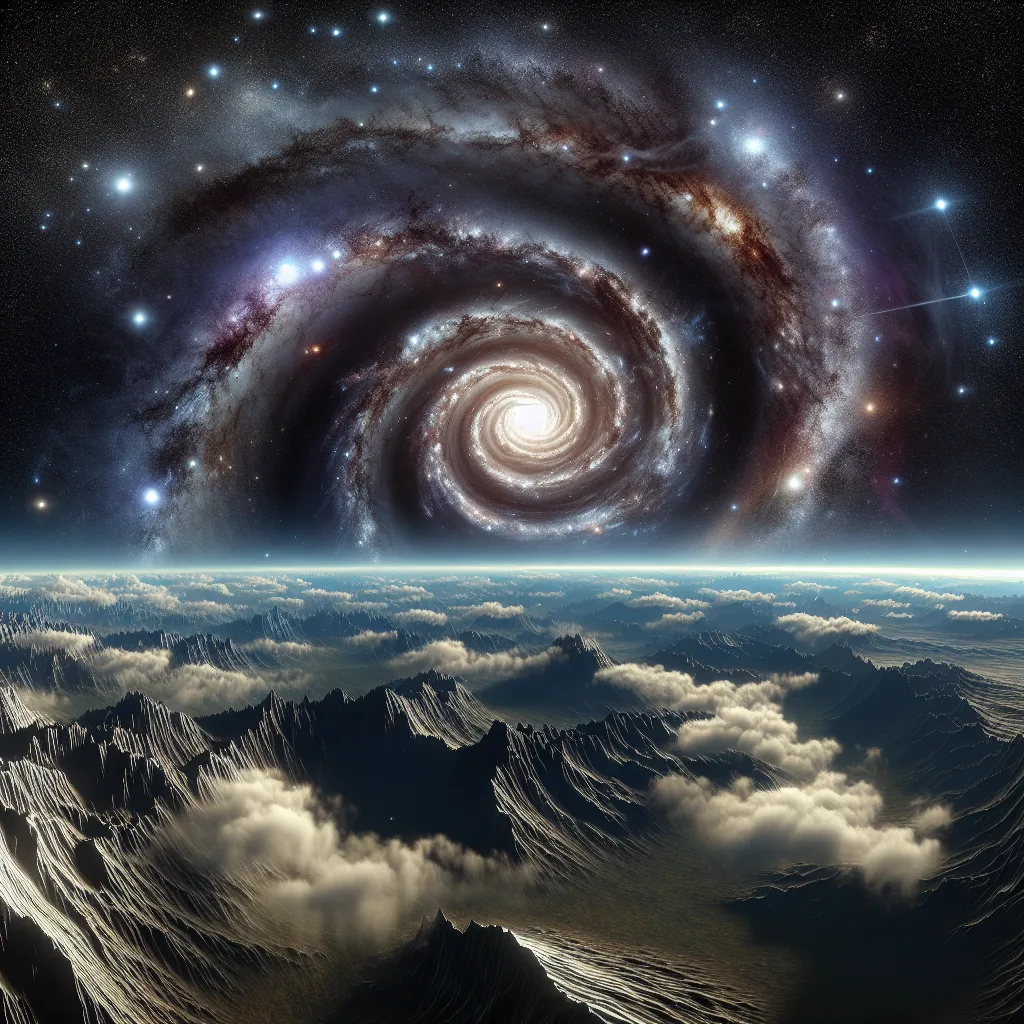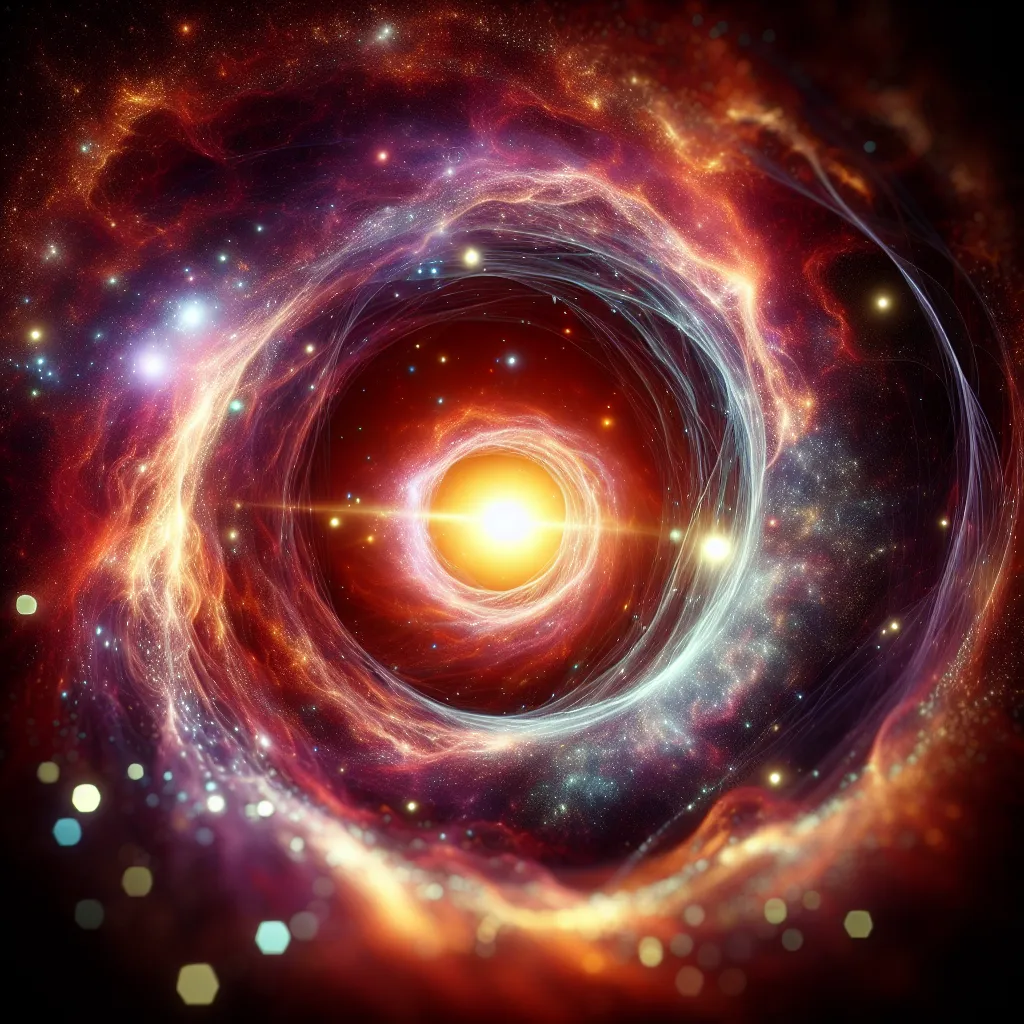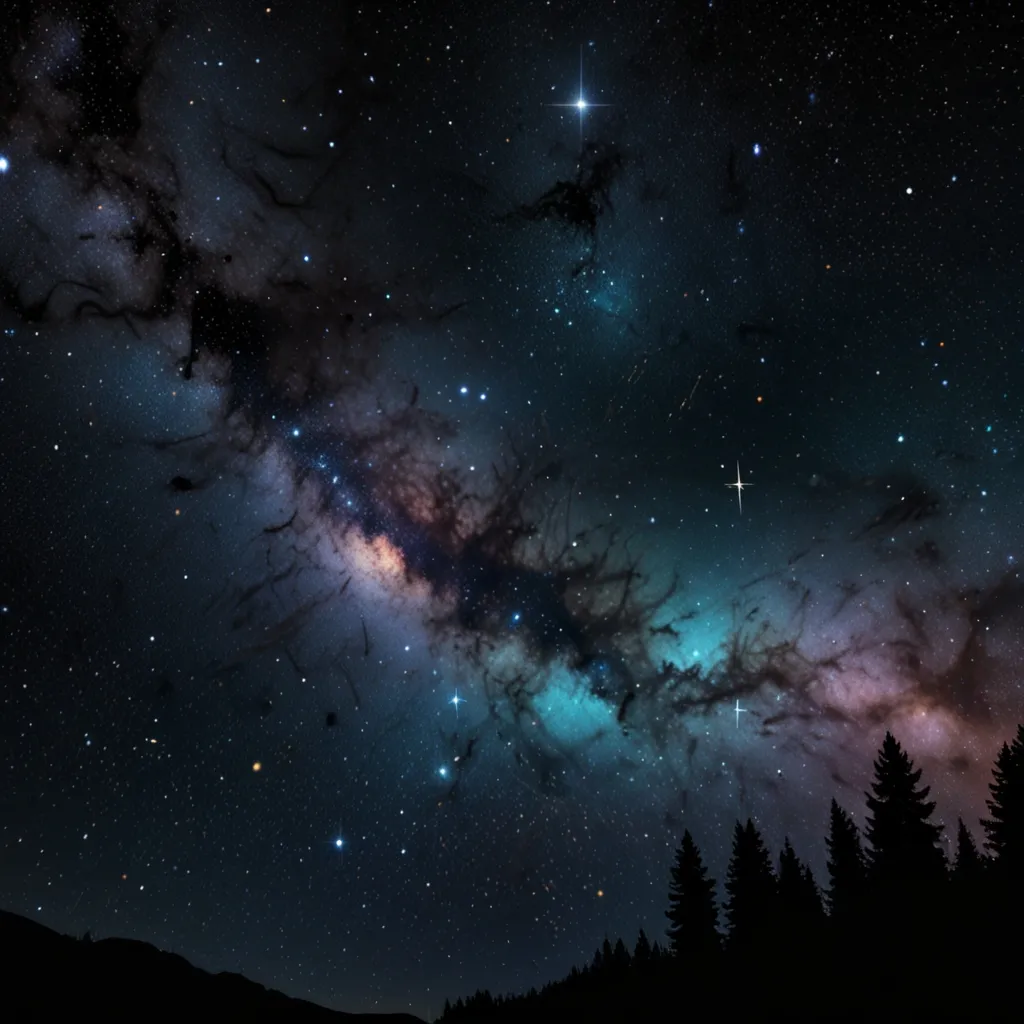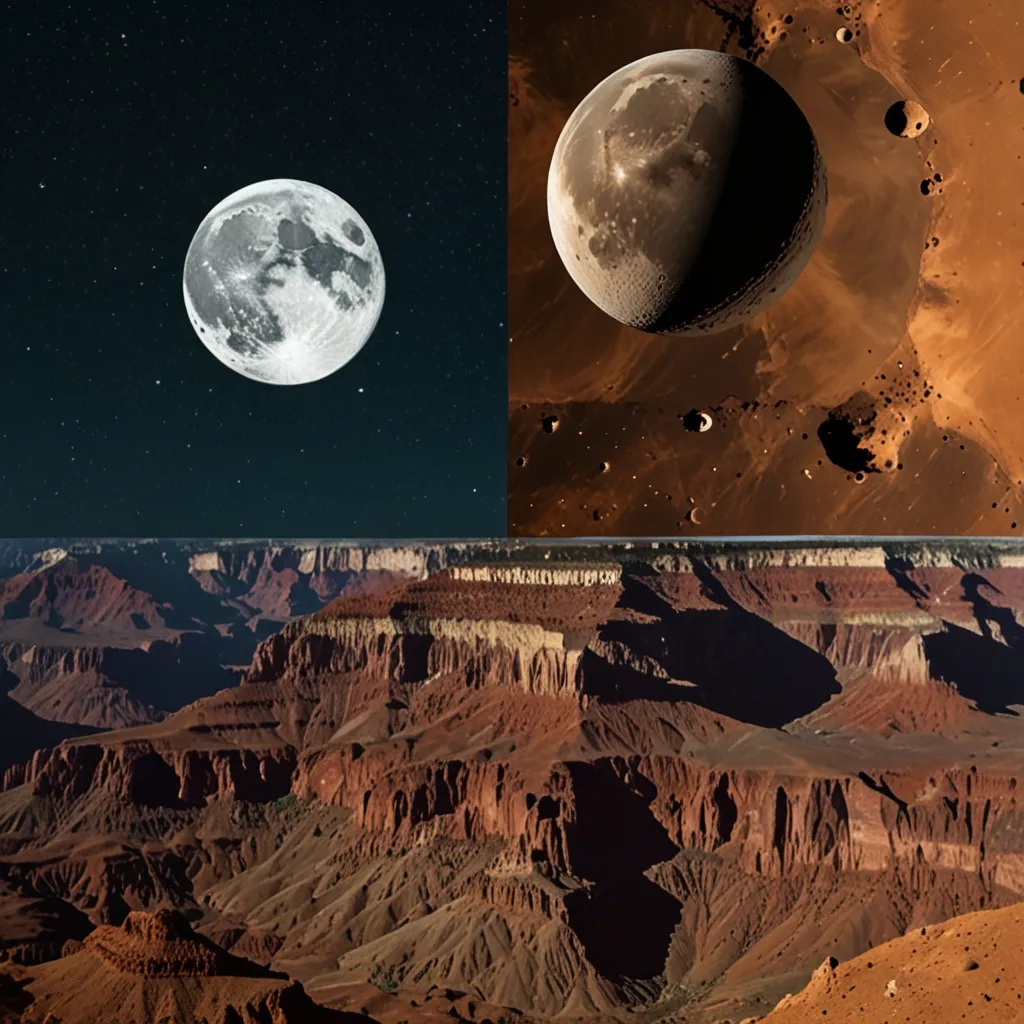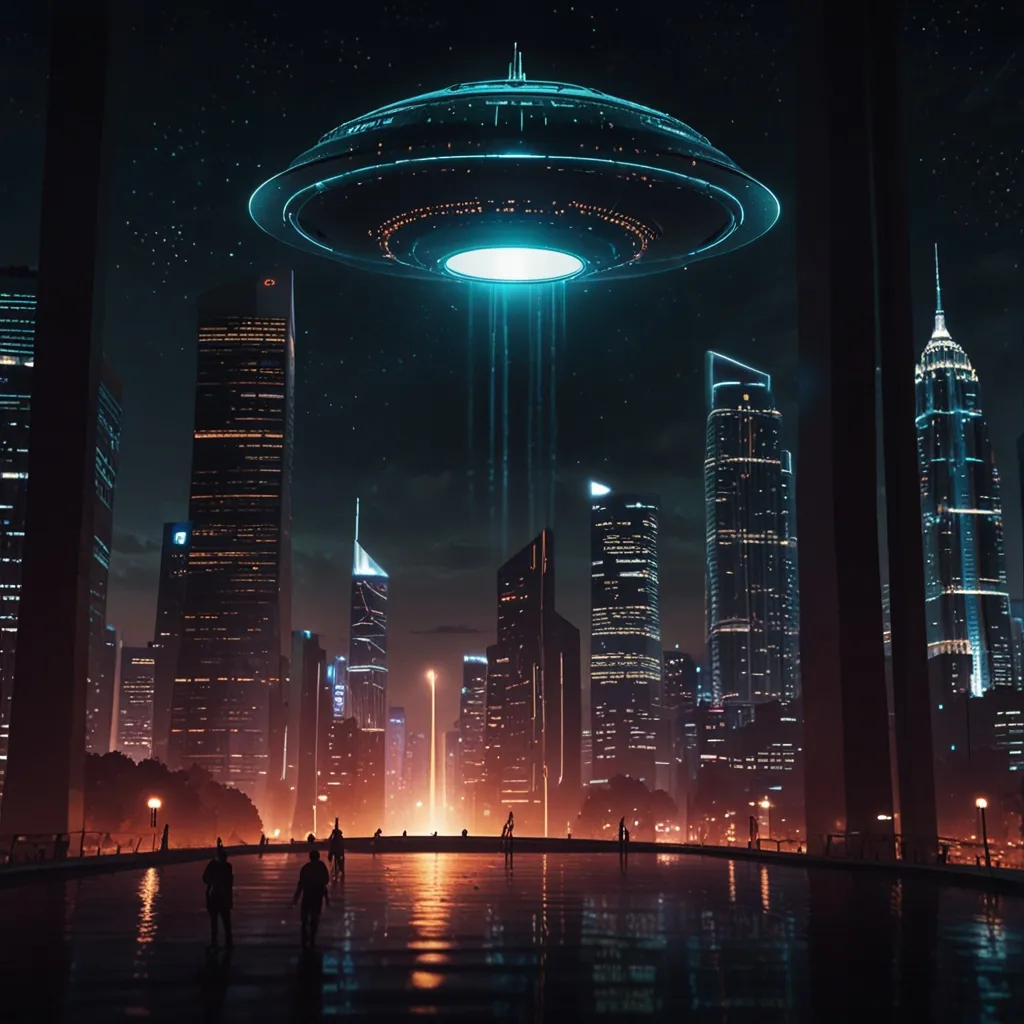Ever wondered if there’s a place in the universe we simply can’t reach? Turns out, there is. Even with technology straight out of science fiction, we’re stuck in our tiny corner of the cosmos. Let’s dive into why that’s the case and ponder just how far we can truly go.
We call a quiet arm of the Milky Way home. Our galaxy is a sprawling spiral, roughly 100,000 light-years across, teeming with billions of stars, gas clouds, dark matter, black holes, neutron stars, and planets. At its core lies a supermassive black hole. Despite this bustling picture, the Milky Way is mostly empty space. Travel to the nearest star with today’s tech would take us thousands of years. In short, it’s huge.
But the Milky Way isn’t alone. Alongside the Andromeda galaxy and over fifty dwarf galaxies, it’s part of the Local Group—a chunk of space about 10 million light-years wide. And this Local Group is just one small piece of the Laniakea Supercluster, which itself is one of millions of superclusters in the observable universe.
Now, imagine we’ve attained an utopian future where humanity is a type 3 civilization. We’ve mastered interstellar travel. Even in this ideal scenario, our limit is the Local Group. It might sound vast, but it only makes up a measly 0.00000000001% of the observable universe—an almost laughable fraction when you think about it.
Why can’t we stretch further, you ask? It boils down to the nature of empty space, or more specifically, quantum fluctuations. These tiny particles and antiparticles are in a constant dance of popping in and out of existence. Let’s travel back around 13.8 billion years to the Big Bang and its following event, cosmic inflation. During this time, the universe expanded at an unimaginable rate, stretching out these quantum fluctuations. As gravity pulled some areas together, the seeds of our current galaxies and clusters were planted.
But now, dark energy is the real downer here. About six billion years ago, it began dominating the show. This mysterious force accelerates the universe’s expansion, pushing galaxies and clusters apart. It’s like being in a cosmic treadmill that speeds up as you run, making everything out of the Local Group drift further and further away, faster than we could ever hope to chase.
So, even if we left our Local Group, zooming through the blackness of intergalactic space, we wouldn’t arrive anywhere. Eventually, dark energy would have shoved everything so far away that we’d be in an isolated bubble, our Local Group morphing into a giant elliptical galaxy called “Milkdromeda.”
Fast-forward billions of years, and the universe beyond our Local Group will become invisible. Galaxies will be so distant that their light won’t reach us. Any beings in Milkdromeda will gazed into space, seeing only darkness, unaware of the vast universe that once was. They might think the universe is static and eternal, missing out on the epic tale of its origins and its fate.
For now, and thankfully, our Local Group, with its trillion stars, offers vast realms for us to explore. We haven’t even figured out how to leave our Solar System yet, and we have billions of years ahead to discover the wonders of our galaxy. We’re in a golden era where we can glimpse both the universe’s distant past and its majestic sprawl. So while our cosmic neighborhood may be isolated, we have the incredible fortune to perceive the universe in all its grand design, right here, right now.
